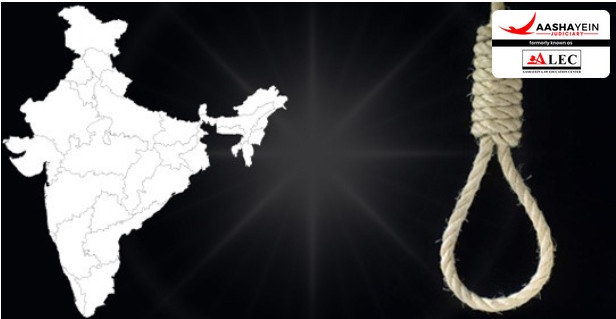In India, the death penalty is a highly debated topic, with some advocating for its complete abolition and others supporting its retention. Indian courts have generally upheld the validity of the death penalty but emphasize the need for fair and judicious use of the discretionary power granted to them. While courts strive to follow consistent principles in such cases, the application of these guidelines remains a critical challenge. The case of Machi Singh v. State of Punjab is significant as it examines the legality and application of the death penalty within the Indian legal framework.
Facts of the Case
The case arose from a series of brutal crimes committed by Machhi Singh and his associates on the night of August 12, 1977. In an act of revenge, they killed 17 people, including Amar Singh and his sister Pyaru Bai, and injured three others. The victims included women and children, and the murders were premeditated, carried out with such brutality that they shocked the entire community. The primary motive behind these killings was to avenge a perceived wrong done to a relative of Machhi Singh.
Machhi Singh and his accomplices were tried in a Magistrate's Court, where they were found guilty of multiple offenses, including murder, criminal conspiracy, and unlawful assembly. Given the deliberate and heinous nature of the crimes, the trial court sentenced Machhi Singh and some of his co-accused to death. Fourteen of the convicts appealed to the Punjab and Haryana High Court, but the High Court upheld the trial court's decision. The accused then approached the Supreme Court in 1983 by filing a special leave petition under Article 136 of the Indian Constitution.
You can also read the Blog by visiting [Blog]
For more information, visit [Aashayein Enquiry Section]
Issue
- Should the death penalty be imposed as the only option, even after considering all mitigating factors?
- Are there specific circumstances that make a life sentence inappropriate and require the death penalty?
- Did Bachan Singh v. State of Punjab establish the "rarest of rare" doctrine applicable to this case?
Contentions of Petitioners
The petitioners argued that the lack of electricity in the village at night made identification by lantern light unreliable. They questioned the credibility of the two eyewitnesses, P.W. Amar Singh and P.W. Mohindo, and claimed that the remaining evidence was insufficient to prove Machhi Singh’s guilt beyond a reasonable doubt.
Contentions of Respondent
The residents of the town, accustomed to lantern light due to the lack of electricity, were able to see clearly and adapt to the situation. Therefore, the lighting conditions did not hinder their ability to observe the events. The witnesses were already familiar with the accused, so identification was not an issue. Additionally, the accused did not attempt to hide their identities, making it easy for the witnesses to recognize them based on their facial features and other distinct characteristics. This, coupled with a long-standing family dispute, supports the credibility of the witnesses' identification of the accused.
Analysis of the Court
The Supreme Court, in this case, referred extensively to the "rarest of rare" doctrine established in Bachan Singh v. State of Punjab. According to this principle, the death penalty should only be imposed in exceptional cases where the crime is so severe and unusual that life imprisonment would be inadequate. The Court in Bachan Singh outlined factors for judges to consider, including the nature of the crime, how it was carried out, its purpose, its impact on society, and the character of the accused.
In Machhi Singh v. State of Punjab, the Court further clarified two key questions for awarding the death penalty:
- Is the crime so extraordinary that no other punishment is sufficient?
- Even after considering mitigating factors, are the circumstances so extreme that the death penalty is justified?
In this case, the court found that the crime involved unprovoked murders of unarmed and defenseless victims. The trial court, Punjab and Haryana High Court, and the Supreme Court all upheld the death penalty for Machhi Singh and three others. The death sentence was carried out as per the law. However, doubts were raised in the case of Mahinder Singh due to the lack of evidence linking him to the weapon. For Kashmir Singh, the death sentence was upheld as his crime involved the killing of a 6-year-old child in his sleep.
Concluding Remarks
In Machhi Singh, the Court examined the community's perspective on the death penalty. It emphasized that while a humanistic approach to sentencing is ideal, there are situations where the collective conscience of society demands the death penalty. The Court identified five categories of crimes where such a punishment is justified, integrating this principle into the capital sentencing framework.

